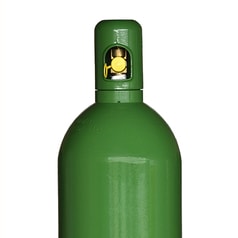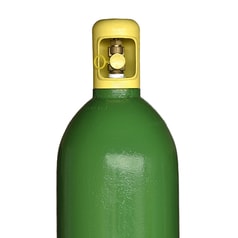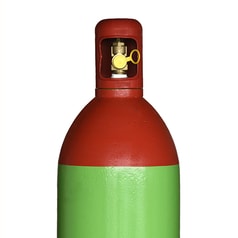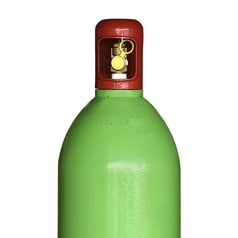you are currently visiting our website in a browser that is not supporting our website.
TIG welding
In TIG welding, the arc burns between the non-melting tungsten electrode and the workpiece
In TIG welding, the material to be welded is heated by the heat of an electric arc, which is between a non-melting tungsten electrode and the workpiece. Both the tungsten electrode and the weld pool are protected from the negative influence of the surrounding air by an inert gas. The nature of the material to be welded determines whether welding is done with direct current (negative pole at the electrode) or alternating current. Because the amount of filler material is independent of the welding current, the weld pool is very controllable and the process can be applied in all positions. Protective gases play an important role in protecting the welding process as well as directed heat transfer, so for example Argon and Argon mixtures are used here.
More information
Advantages of TIG welding
- Very fast welding process
- Little heat effect on the material -> little distortion
- Very well suited to thin plates and tubes
- No influence of the shielding gas on the weld metal
- No spatter and slag
- Firm contact with the electrode - no sliding contact as with Mig/Mag welding
- Easy controllable start-up
- Good bridging in all positions
- Easier to find suitable welding parameters
- Simple solutions for variable arc power during welding
Disadvantages of TIG welding
- Thorough weld preparation required
- Sensitive to wind, since dependent on shielding gas, therefore recommended in enclosed areas
- Manual welding requires use of two hands (welding torch and filler metal) -> much practice required
Materials for TIG welding
- Aluminium and aluminium alloys
- Copper and copper alloys
- Nickel and nickel alloys
- Low alloy steels
- High alloy steel
- Special metals such as titanium, zirconium, tantalum, magnesium





